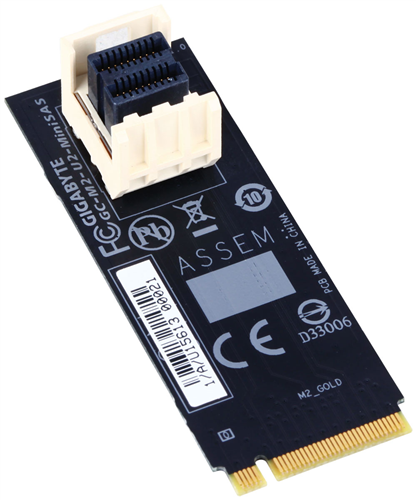Brian_R170
Honorable
Hey, Intel, are you reading this? You just laid off thousands of employees, and now you want to lock-up a proprietary architecture, hoping future users will be impressed enough and have money enough to switch to entirely new motherboards (again)? Aren't you the guys who invented PCI-Express, with its modularity and expand-abilities? Why you haven't already started manufacturing SATA-, SAS- and NVMe-compatible 2.5" SSDs with Optane is TOTALLY BEYOND ME! It's no wonder that journalists e.g. Forbes/Business blame the layoffs on poor management. By now, you could have had millions of happy Optane users, hungry for more of the same in a variety of different hardware settings. But, instead, we have to see ridiculous re-runs of unrealistic projections of a THOUSAND TIMES FASTER. Heck, I had upstream bandwidth of 4.0 GB/s 5 YEARS ago with a PCIe 2.0 chipset and an x8 Highpoint RocketRAID 2720SGL == SAME AS the current upstream bandwidth of the Intel DMI 3.0 link. But, I guess you will refuse to read this, refuse to listen to WHAT WE WANT, and stubbornly persist in telling us what we should be buying -- to keep your stockholders happy.
Using 3D XPoint as a replacement for NAND in SSDs is a waste of 3D XPoint's potential. They'd just end up with another me-too NVMe product that is limited by the interface and the protocol. The only advantage being endurance. If they're smart, they'll use 3D NAND for SSDs and use 3D XPoint on some interface that can actually take advantage of it, but they need to get driver and operating system software ready to take advantage of it, and that is what takes the most time and effort.




